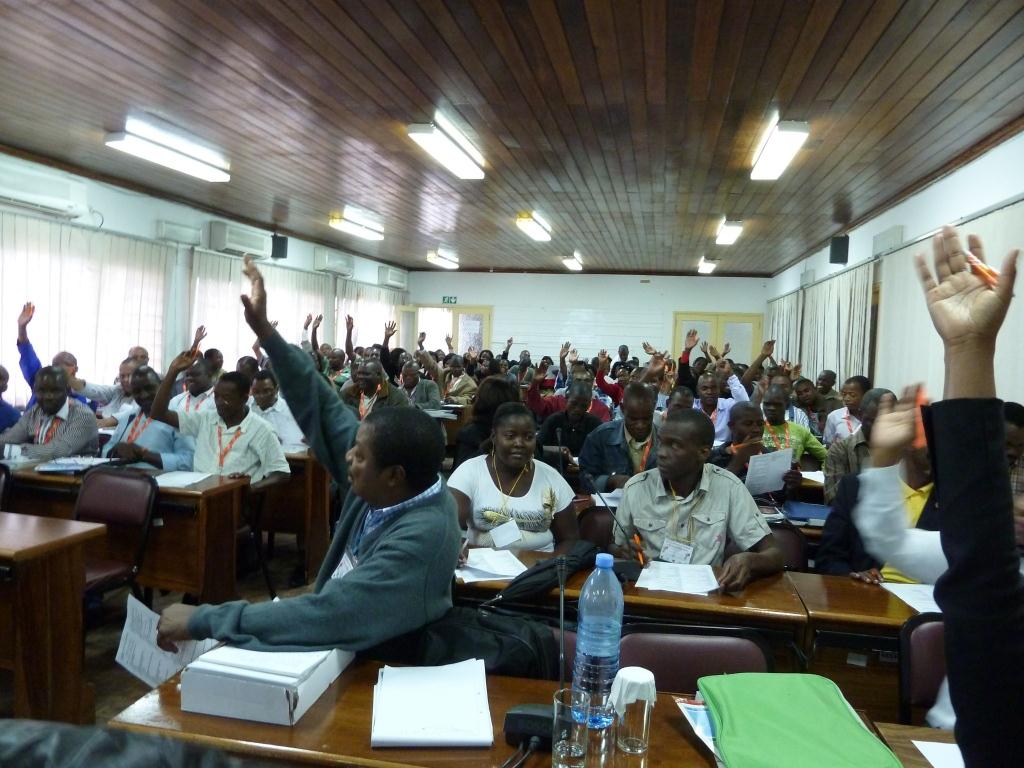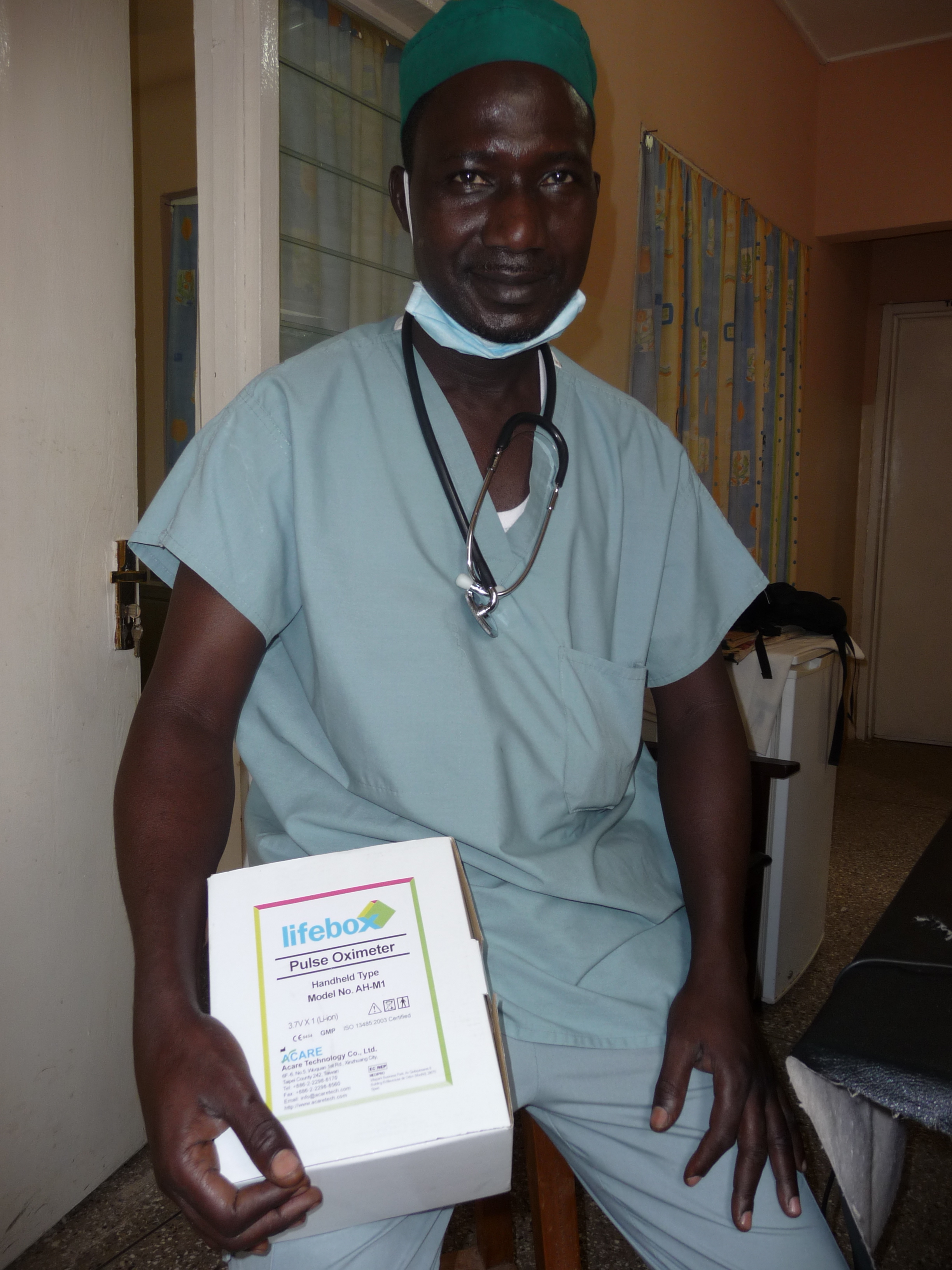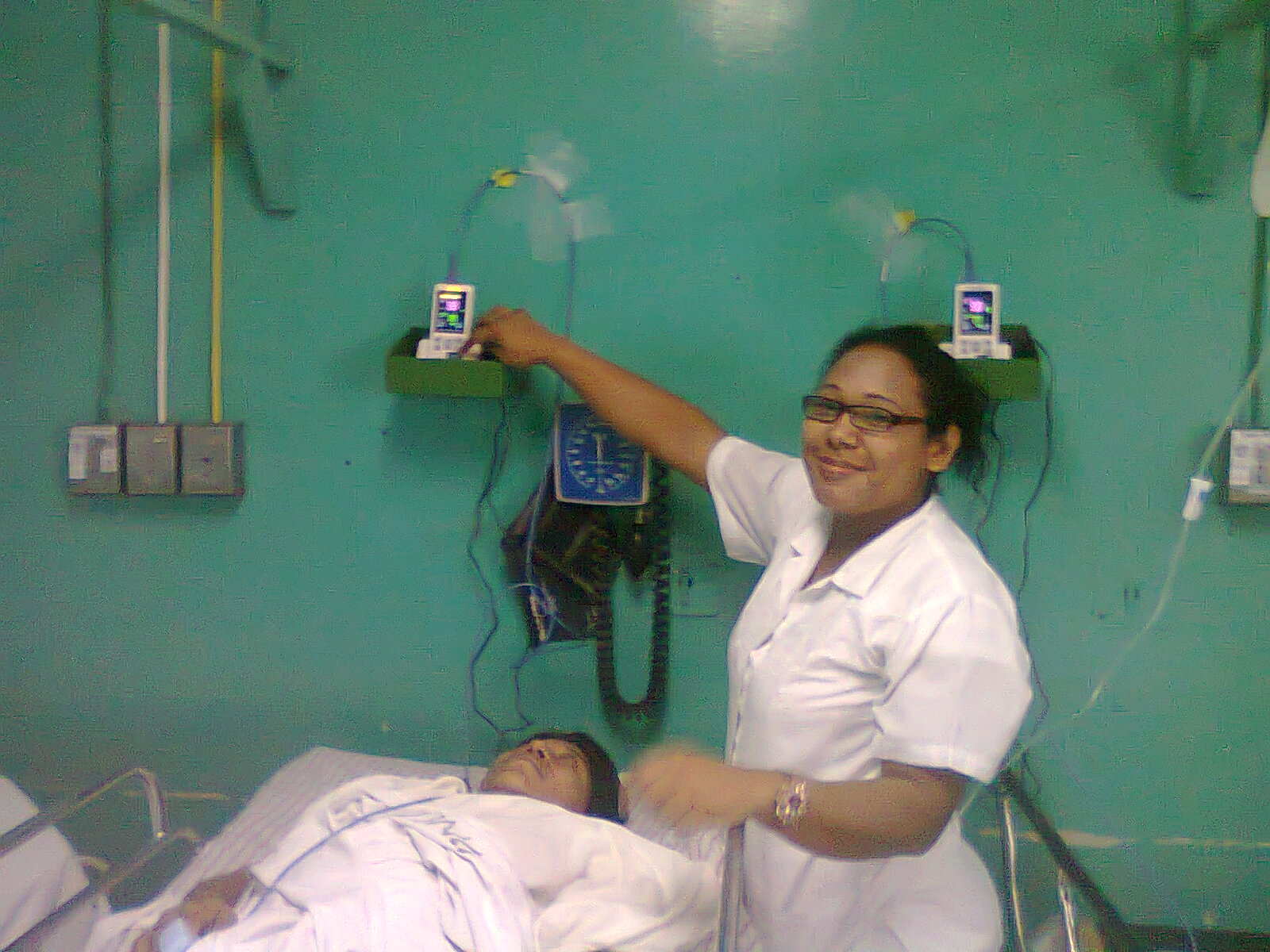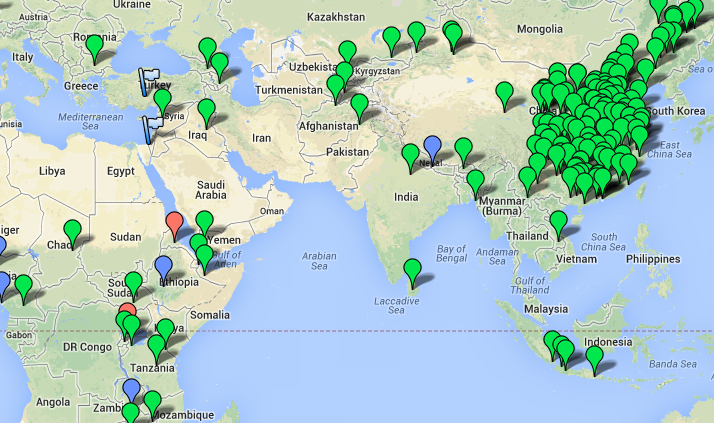Eff. Dee. Ae.
Celebrities may not read their reviews, but at Lifebox, we do. Avidly.
(Don’t you bet the celebrities do too?)
We want to know what delegates found most useful – or not – about our workshops.
We want to know how colleagues are doing this week with the WHO Surgical Safety Checklist at our pilot site in Rwanda.
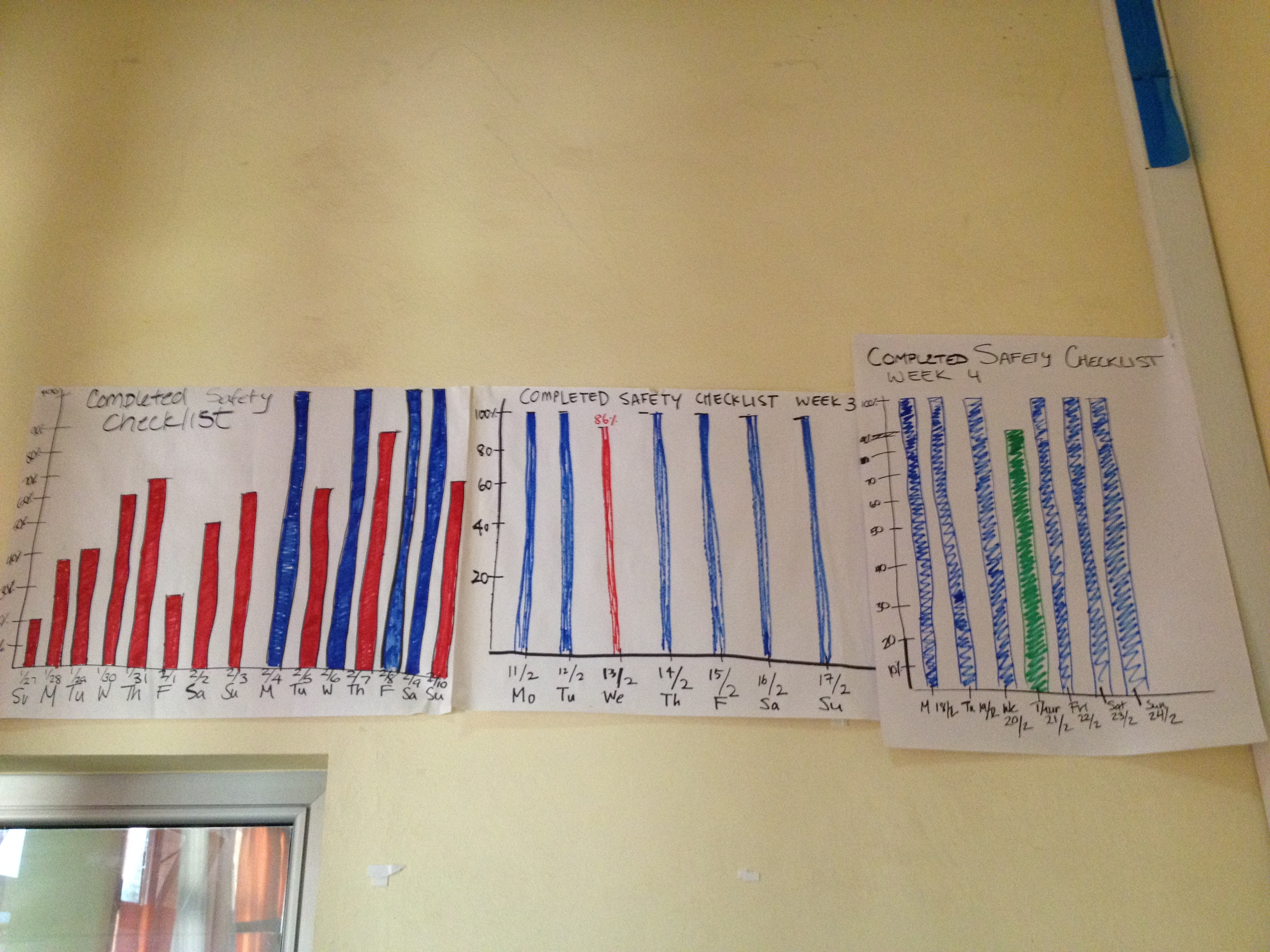 And we want to know, in the face of the devastating surgical safety crisis, that we have the right tools to support our colleagues on the frontline.
And we want to know, in the face of the devastating surgical safety crisis, that we have the right tools to support our colleagues on the frontline.
So we read the studies. We ask the questions. And we respond.
That way we can say with confidence that we know the WHO Surgical Safety Checklist reduces complication and mortality in the operating room by more than 30%.
We know pulse oximeters keep patients safer during surgery.
And we know the model we distribute is the right one for long-term, optimized use in low-resource setting countries.
We have the study to prove it.
“Accuracy of the Lifebox pulse oximeter during hypoxia in healthy volunteers,” published last month in the medical journal Anaesthesia, confirms that the Lifebox model meets USA Food and Drug Administration (FDA) standards for accuracy.
We’ve always said that low-resource doesn’t mean low quality. Apart from being insulting, it’s also a particularly impractical M.O. (So you’re the inventor of the papier-mâché umbrella for monsoon season. What a bargain. You must be very proud.)
Our equipment is used to save lives; it was always going to be high-quality. And it wasn’t picked off the shelf – it was specially designed for use in a low-resource setting, after consultation with those who know that reality best.
But now you don’t need to take our word (or their words) for it – Dubowitz et al declare it so!
Researchers at University of California San Francisco (USCF) and Duke University Medical Center (DUMC) compared the Lifebox oximeter against arterial haemoglobin oxygen saturation more than 1400 times, on 57 healthy adults. In laboratory setting they found that it compared as well as higher cost commercial units currently available in the US, and recommended it as an inexpensive solution for patient monitoring without compromising standards.
Now, some big news – which we’ll announce in grand fashion shortly, but it’s too exciting not to share with our best readers – is that Lifebox has just passed the 6000 mark for pulse oximeters and training distributed.
Of course there’s still a long way to go.
But with a review like this one in Anaesthesia?
We’re grateful to our colleagues who took the time to put such a robust study together, thankful for the 57 volunteers who made that study possible, honoured to work with our frontline colleagues and – without honking our own trumpet (too loudly) – thrilled to say we’re moving in the right direction!


